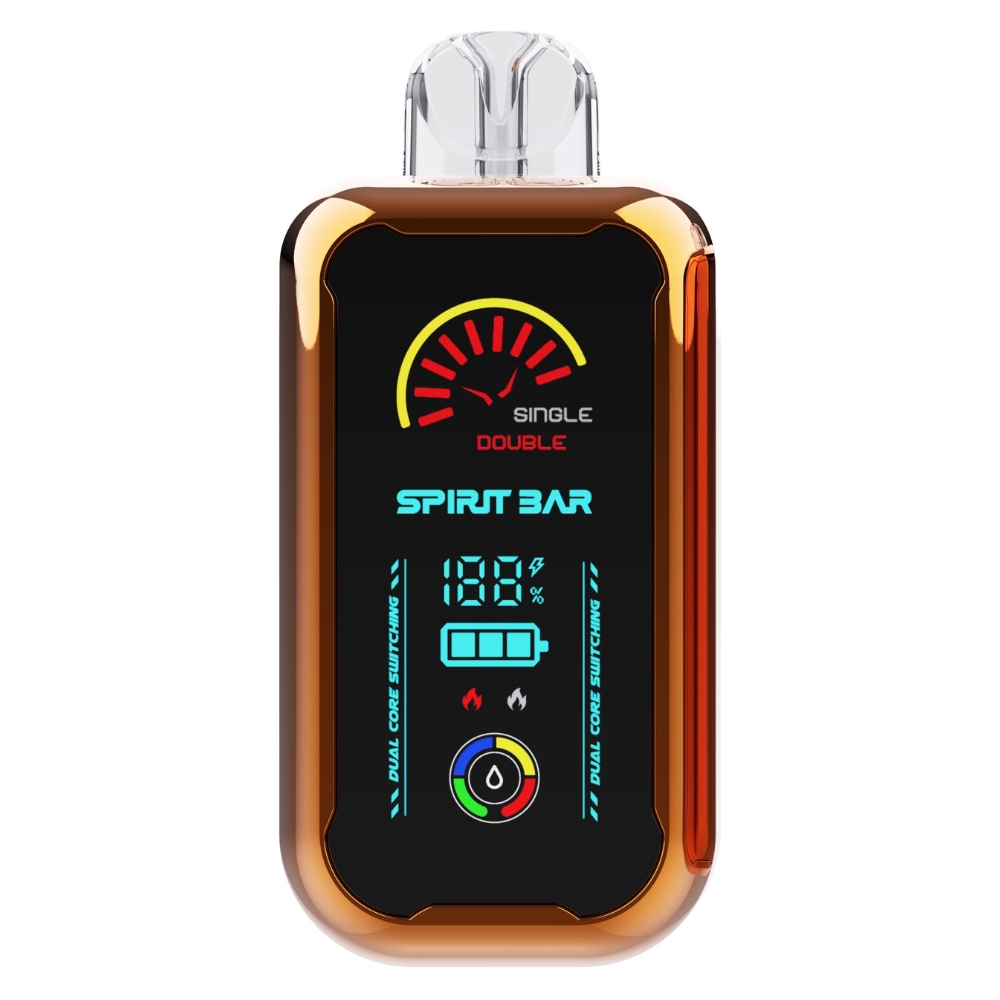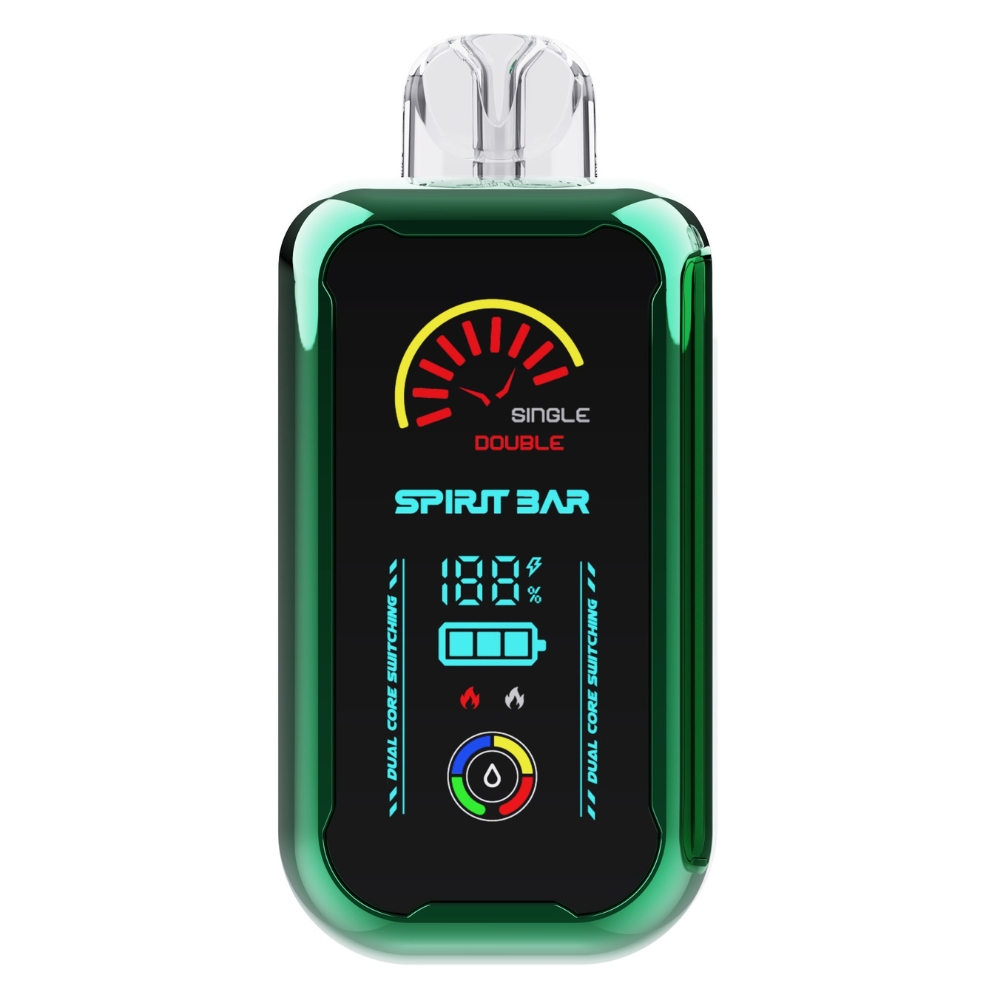What is the History Behind Vapes? A Brief Overview
Are you curious about the history of vapes? Vaping has become increasingly popular in recent years, with many people using e-cigarettes as an alternative to smoking. But where did vaping originate, and how has it evolved over time? In this article, we will explore the history of vapes, from their early beginnings to the modern devices we use today.
The use of electronic cigarettes can be traced back to the 1960s, when Herbert A. Gilbert filed a patent for a “smokeless non-tobacco cigarette.” However, it wasn’t until the early 2000s that the first commercially successful e-cigarette was developed by Chinese pharmacist Hon Lik. Since then, the vaping industry has grown rapidly, with new devices and flavors being introduced regularly.
As vaping has become more mainstream, it has also faced scrutiny from health experts and regulators. Some studies have suggested that vaping may be less harmful than smoking traditional cigarettes, while others have raised concerns about the potential health risks associated with e-cigarettes. Despite these debates, vaping continues to be a popular alternative to smoking, and its history is an interesting reflection of changing attitudes towards tobacco use.
Origins of Vaping
https://www.youtube.com/watch?v=K6MA1sRq62s&embed=true
Vaping has been around in various forms for centuries, but it wasn’t until the 20th century that it became a popular alternative to smoking. In this section, we’ll explore the early inventions and modern e-cigarettes that have shaped the history of vaping.
Early Inventions
The first documented reference to an electronic cigarette is a patent granted to Joseph Robinson in 1930 (filed in 1927) [1]. It was never commercialized, and it is not entirely clear that even a prototype of this primitive device was manufactured. However, Robinson’s invention would pave the way for future developments in electronic cigarettes.
In the 1960s, Herbert A. Gilbert created a device that he called a “smokeless non-tobacco cigarette” [4]. It was never commercialized, but his invention was the first to use flavored air instead of tobacco smoke. Gilbert’s invention was ahead of its time, and it would take several decades before electronic cigarettes would become commercially viable.
Modern E-Cigarettes
It wasn’t until 2003 that Chinese pharmacist Hon Lik created a commercial version that would start the vaping revolution [5]. Lik was motivated to create an alternative to smoking after his father, a heavy smoker, died of lung cancer. He developed a device that used a battery-powered heating element to vaporize a liquid solution containing nicotine, propylene glycol, and flavorings.
Since then, e-cigarettes have become increasingly popular, with millions of people around the world using them as an alternative to traditional cigarettes. Today, there are many different types of e-cigarettes available, from disposable devices to advanced mods that can be customized to suit individual preferences.
In conclusion, the history of vaping is a fascinating one, with early inventions paving the way for modern e-cigarettes. Whether you’re a seasoned vaper or just starting, it’s important to understand the origins of vaping and the technology that makes it possible.
[1] https://casaa.org/education/vaping/historical-timeline-of-electronic-cigarettes/
[4] https://vapebeat.com/vape-user-guides/history-of-vaping/
[5] https://vapingdaily.com/what-is-vaping/vaping-history/
Cultural Impact of Vaping
https://www.youtube.com/watch?v=3C-lSmAXH28&embed=true
Vaping has had a significant cultural impact since its inception in the early 2000s. While it was initially marketed as a smoking cessation tool, it has since become a popular recreational activity and a lifestyle choice for many people. Here are a few ways vaping has impacted culture:
-
Vape Culture: Vaping has given rise to a new subculture of individuals who share a passion for vaping. This culture is characterized by a sense of community and a shared love for the activity. Vape enthusiasts often attend events and meetups, share tips and tricks, and showcase their customized vape rigs.
-
Fashion and Style: Vaping has also influenced fashion and style. Vape mods and e-cigarettes come in a variety of styles and designs, allowing users to personalize their devices to match their personal style. Some users even match their vape rigs to their outfits, making vaping a part of their overall fashion statement.
-
Marketing and Advertising: The marketing and advertising of vaping products have also contributed to its cultural impact. Vaping products are often marketed as trendy and fashionable, appealing to a younger demographic. This has led to concerns about the normalization of vaping and its potential impact on youth.
-
Social Acceptance: As vaping has become more mainstream, it has become more socially acceptable. While smoking cigarettes is often frowned upon in public spaces, vaping is often seen as a more acceptable alternative. This has led to an increase in the number of public spaces where vaping is allowed.
Overall, vaping has had a significant impact on culture, giving rise to a new subculture and influencing fashion, marketing, and social norms. While its impact is still being studied, it is clear that vaping has become an important part of many people’s lives.
Health Implications
Vaping has been marketed as a safer alternative to smoking, but there are still health implications to consider. Here are some initial perceptions and recent studies about the health implications of vaping.
Initial Perceptions
When e-cigarettes first emerged, they were marketed as a safer alternative to traditional cigarettes. However, the long-term effects of vaping are still unknown. According to Johns Hopkins Medicine, vaping can cause lung damage, inflammation, and respiratory problems. The liquid used in e-cigarettes contains chemicals that can be harmful when inhaled, and some studies have linked vaping to an increased risk of heart disease.
Recent Studies
Recent studies have shed more light on the health implications of vaping. According to a study published in Respiratory Research, vaping can have short-term effects on platelet function, increasing platelet activation and aggregation. Another study published in the National Center for Biotechnology Information found that e-cigarette use may pose health risks in the form of cardiovascular and respiratory diseases.
It’s important to note that while vaping may be less harmful than smoking traditional cigarettes, it is not without its own health risks. If you are considering vaping, it’s important to do your research and weigh the potential risks against the perceived benefits.
Regulations and Laws
Early Regulations
When electronic cigarettes were first introduced in the early 2000s, there were no regulations in place to govern their manufacture, sale, or use. However, as the popularity of vaping grew, governments around the world began to take notice and started to introduce regulations to control this new industry.
In the United States, the first regulations on vaping were introduced in 2009 by the Food and Drug Administration (FDA). These regulations required manufacturers to register their products with the FDA and provide a list of ingredients used in their e-liquids. However, the regulations did not cover all aspects of vaping, and many manufacturers continued to operate without any oversight.
Current Legal Status
Currently, vaping laws and regulations vary by country and region. In the United States, the legal status of vaping is a complex issue that is governed by federal, state, and local laws. The Tobacco Control Act of 2009 gave the FDA the authority to regulate tobacco products, including electronic cigarettes. In 2016, the FDA extended its authority to cover all tobacco products, including e-cigarettes.
As of 2023, the legal age to purchase vaping products in the United States is 21. The FDA also requires manufacturers to submit their products for review before they can be sold on the market. Additionally, the sale of flavored e-cigarettes is banned in some states and cities, including New York City and San Francisco.
Overall, the regulations and laws governing vaping are constantly evolving. It is important to stay up-to-date with the latest developments to ensure that you are following the law and protecting your health.
Vaping Technology
Vaping technology has come a long way since the first electronic cigarette was invented in 1963 by Herbert Gilbert. Today’s devices are much more advanced and offer a variety of features to enhance the vaping experience.
Device Evolution
The first e-cigarette created by Herbert Gilbert was never commercialized, but it paved the way for future innovations. It wasn’t until 2003 that Chinese pharmacist Hon Lik created a commercial version that would start the vaping revolution. This device was much closer to the modern e-cigarette and used a heating element to vaporize a liquid solution.
Since then, vaping devices have continued to evolve. In the early days, devices were often designed to look like traditional cigarettes. However, today’s devices come in a variety of shapes and sizes, from small and discreet pod systems to larger box mods.
One of the biggest advancements in vaping technology has been the introduction of temperature control. This feature allows users to set a specific temperature for their device, which helps prevent dry hits and burnt coils. Some devices also offer customizable power curves, which allow users to adjust the wattage output over time for a more personalized vaping experience.
E-Liquid Innovations
E-liquids have also come a long way since the early days of vaping. Initially, e-liquids were simple mixtures of propylene glycol, vegetable glycerin, flavorings, and nicotine. Today, e-liquids come in a wide range of flavors and nicotine strengths, and there are even nicotine-free options available.
One of the biggest innovations in e-liquids has been the introduction of salt nicotine. This type of nicotine is absorbed more quickly by the body, which makes it ideal for use in smaller devices like pod systems. Many vapers also prefer salt nicotine because it provides a smoother throat hit.
Another recent innovation in e-liquids is the introduction of CBD. CBD is a non-psychoactive compound found in the cannabis plant that has been shown to have a variety of potential health benefits. CBD e-liquids are available in a range of flavors and strengths, and they are becoming increasingly popular among vapers who are looking for a way to incorporate CBD into their daily routine.
Overall, vaping technology continues to evolve and improve, offering vapers a wide range of options to customize their experience.
Vaping in Pop Culture
Vaping has become a popular trend in recent years, and it has made its way into pop culture in various ways. From movies to music, vaping has become a part of the mainstream. Here are a few examples of how vaping has been portrayed in pop culture:
-
Movies and TV Shows: Vaping has made its way into movies and TV shows, with characters often seen vaping on screen. For example, in the hit TV show “Stranger Things,” one of the main characters, Steve Harrington, is seen vaping in several scenes. In the movie “The Girl on the Train,” the character Megan is also seen vaping.
-
Music Videos: Vaping has also made its way into music videos. In the music video for the song “I Don’t Care” by Ed Sheeran and Justin Bieber, both artists are seen vaping. In the music video for the song “Sucker” by the Jonas Brothers, the band members are also seen vaping.
-
Social Media: Vaping has become a popular topic on social media platforms, with many influencers and celebrities posting about their vaping experiences. This has led to the rise of vaping culture on social media, with hashtags like #vapelife and #vapefam becoming popular.
Overall, vaping has become a part of pop culture, and its presence can be seen in various forms of media. While vaping is often portrayed as a trendy and cool activity, it is important to note that there are potential health risks associated with vaping, and it is important to use caution when using vaping products.


